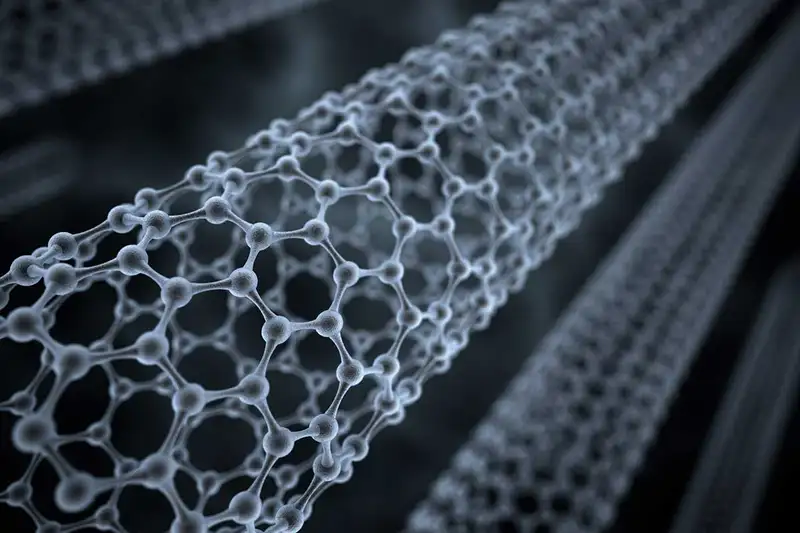Cảbon, an elemental wonder intimately intertwined with the fabric of life and technology, opens up a world of possibilities with its unparalleled versatility and profound influence on various scientific fields.
Table of Contents
Discovery of elemental carbon:
Cảbon, a basic element abundant in nature, is of great importance in various scientific and technical fields.
From the building block of life to its diverse applications in areas such as energy, materials and electronics, carbon has revolutionized the way we understand and interact with the world. In this article, we delve into the fascinating world of carbon and examine its properties, uses, and profound impact on our daily lives.
Also Read: trixie-tongue-tricks
The Role of Carbon in Life and Biochemistry:
Cảbon, designated “C” in the periodic table, is an essential element with atomic number 6.As a nonmetal, it comes in various forms, including diamond, graphite, fullerenes and carbon nanotubes.

Carbon’s ability to form strong covalent bonds and its extraordinary chemical versatility make it the basis of many organic compounds and form the basis of life as we know it.
Carbon Based Materials and Applications:
The versatility of Cảbon extends beyond biology and finds application in various areas of engineering and materials technology:
1. Carbon fiber:
Lightweight yet extremely strong carbon fiber composites are widely used in the aerospace, automotive and sports industries.
Their high strength-to-weight ratio makes them ideal for applications requiring strength and rigidity, such as: B. aircraft components and high-performance sports equipment.
Also Read: yimusanfendi
2. Graphene:
Graphene consists of a single layer of carbon atoms arranged in a two-dimensional lattice and is characterized by exceptional electrical and thermal conductivity as well as exceptional mechanical properties.
holds enormous potential for advances in electronics, energy storage and sensing technologies.
3. Carbon nanotubes:
Cylindrical structures made of laminated sheets of graphene and carbon nanotubes exhibit exceptional strength, thermal conductivity, and electrical properties.

They have applications in nanoelectronics, nanomedicine, and material reinforcement, opening up possibilities for ultrasmall electronic devices, targeted drug delivery systems, and stronger composite materials. The impact of
Carbon on Energy and Sustainability:
Although carbon-based energy sources such as coal, oil and natural gas are an integral part of modern society, their combustion releases carbon dioxide (CO2), which contributes to climate change.
The growing focus on sustainable energy has led to advances in carbon capture and storage technologies aimed at reducing CO2 emissions and mitigating their impact on the environment.
Furthermore, carbon-based materials play a key role in renewable energy technologies. For example, carbon electrodes are used in fuel cells, and carbon-based materials are essential components of photovoltaic cells and energy storage devices such as lithium-ion batteries, facilitating the transition to a cleaner and sustainable energy future.
Also Read: trails-carolina-death
FAQs
1. What is cảbon?
Cảbon is a fundamental element, symbolized as “C” in the periodic table, known for its exceptional versatility and widespread presence in nature.
2. How does cảbon contribute to life?
Cảbon serves as the building block of organic molecules, forming the structural foundation for essential compounds like proteins, carbohydrates, lipids, and nucleic acids.
3. What are some applications of cảbon-based materials?
Cảbon-based materials, including carbon fiber, graphene, and carbon nanotubes, find applications in aerospace, electronics, materials science, and sports industries due to their unique strength, conductivity, and durability.
4. How does cảbon impact energy and sustainability?
While carbon-based energy sources are integral to society, advancements in cảbon capture and storage technologies aim to mitigate CO2 emissions. Additionally, cảbon-based materials play a crucial role in renewable energy technologies.
5. What makes cảbon a versatile element?
Cảbon’s ability to form strong covalent bonds and exist in various structures, from diamond to nanotubes, contributes to its versatility, influencing fields like biology, materials science, and energy.
Conclusion
Cảbon, the versatile element at the heart of life and technology, continues to shape our world in countless ways. From its role in the chemistry of life to its applications in materials science, electronics and energy, carbon’s extraordinary properties and adaptability have revolutionized diverse industries.
As we strive for a sustainable and technologically advanced future, understanding and harnessing the potential of carbon will undoubtedly play a key role in shaping our future.
Read More:



+ There are no comments
Add yours